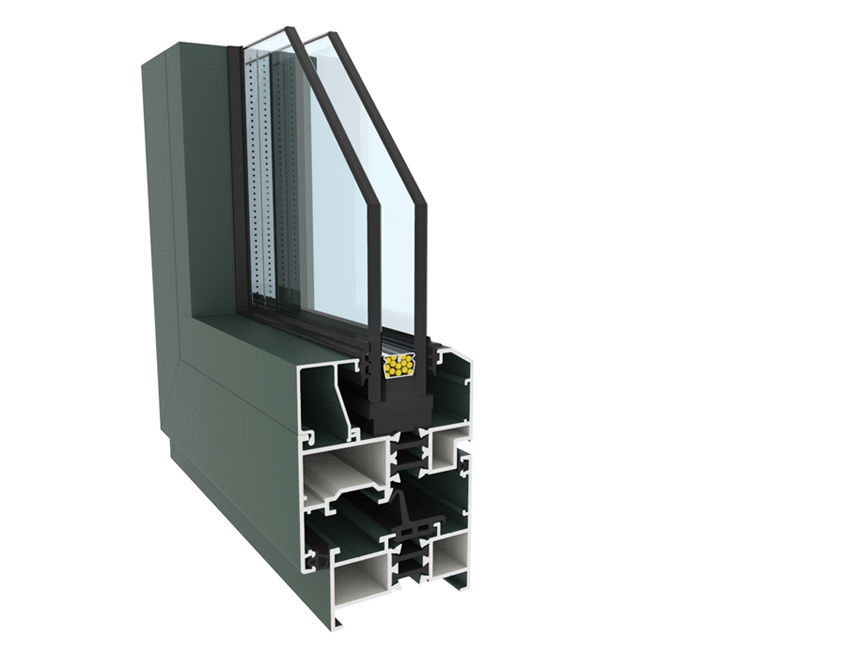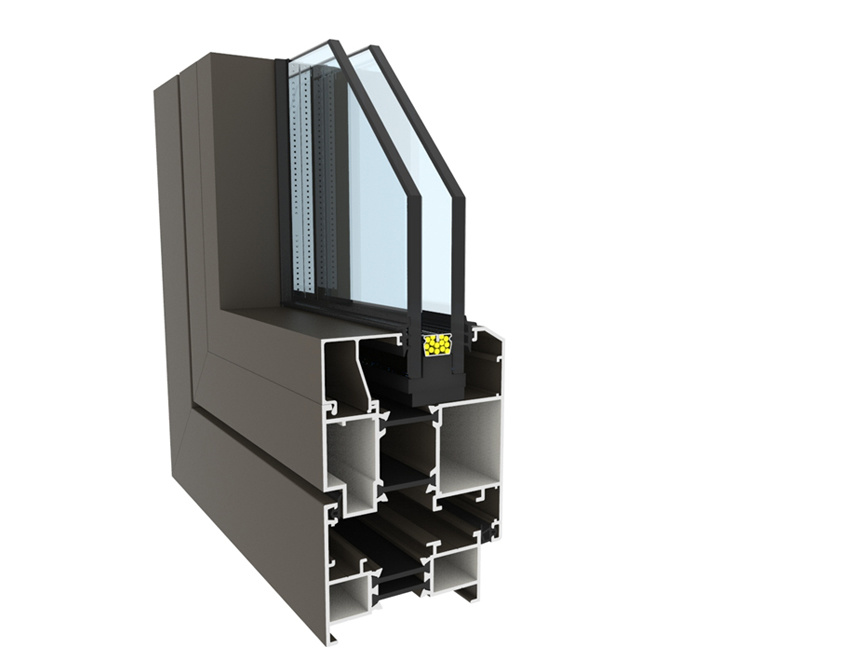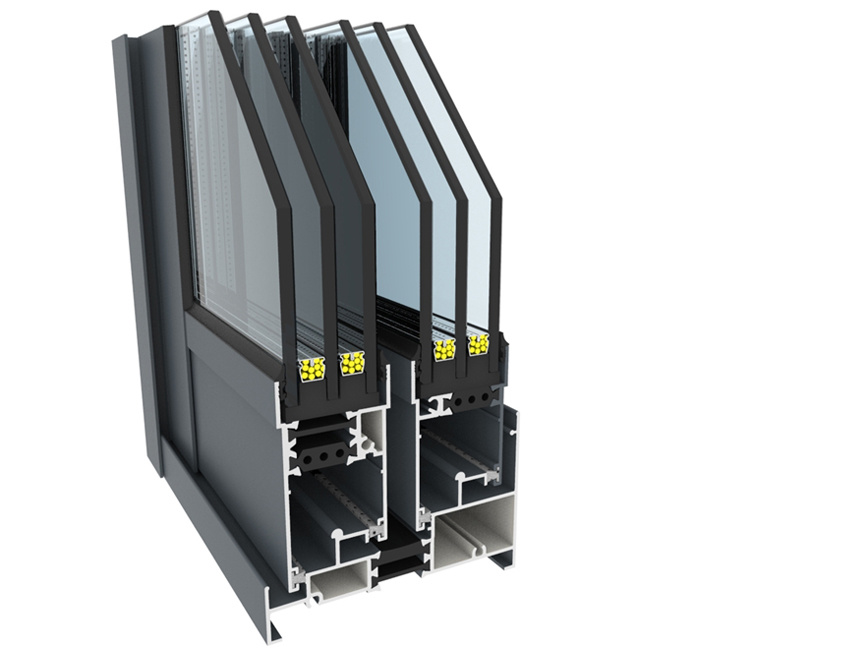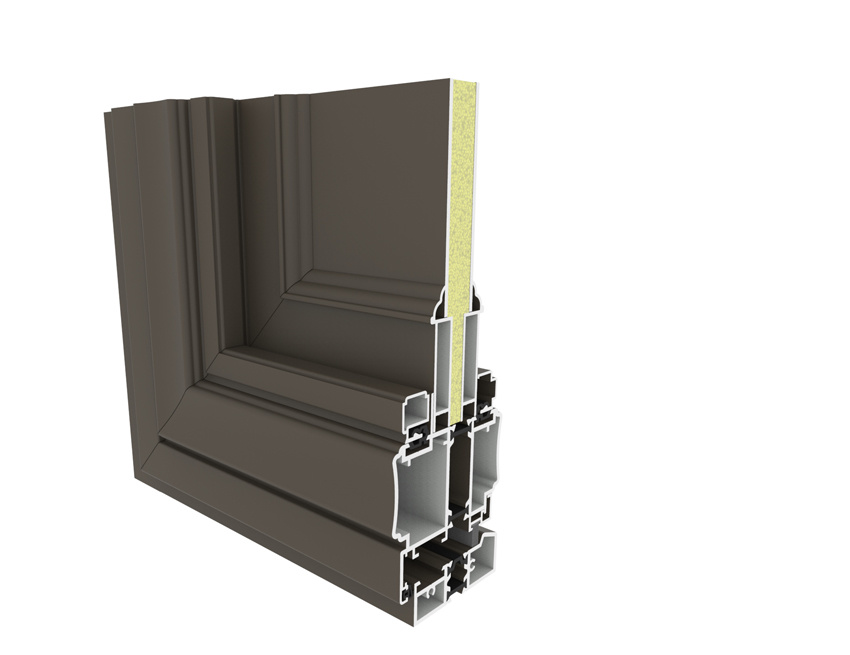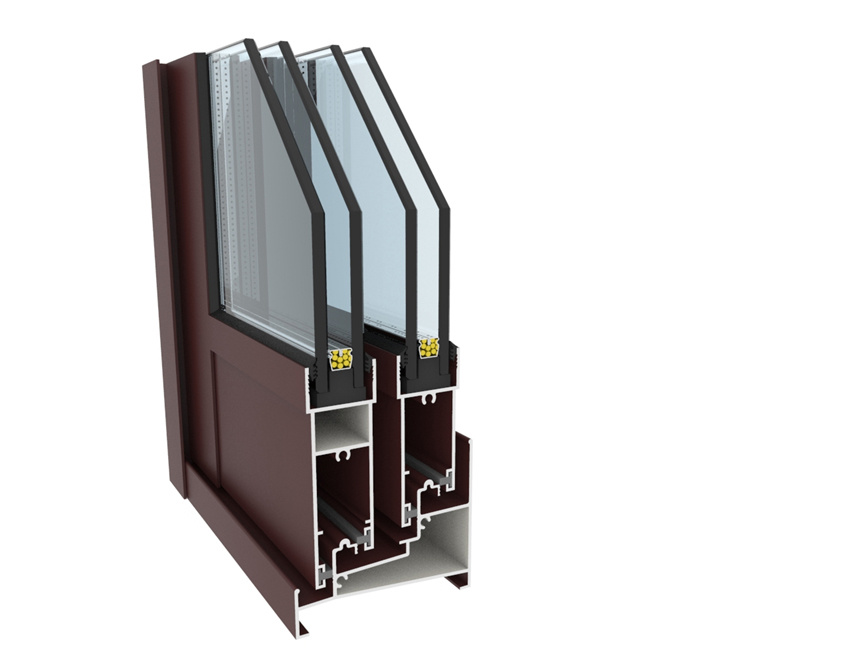Understanding Aluminium Glazing Bead Profiles: Essential Insights for Professionals
Release time:
2025-08-18
Aluminium glazing bead profiles are essential components in the construction and architectural industries, serving as the finishing touch for windows and doors. These profiles are designed to secure glass panes within frames, providing structural integrity and aesthetic appeal. Understanding their characteristics, applications, and benefits can significantly enhance your projects and ensure compli
Aluminium glazing bead profiles are essential components in the construction and architectural industries, serving as the finishing touch for windows and doors. These profiles are designed to secure glass panes within frames, providing structural integrity and aesthetic appeal. Understanding their characteristics, applications, and benefits can significantly enhance your projects and ensure compliance with industry standards.
One of the primary functions of aluminium glazing bead profiles is to hold the glass securely in place, preventing it from dislodging while also minimizing the risk of air and water infiltration. The profiles are crafted with precision to create a snug fit around the glass, which enhances the energy efficiency of windows and doors. When selecting an appropriate glazing bead profile, it is crucial to consider factors such as the thickness of the glass, the type of frame, and the specific requirements of the building design.
Aluminium is a popular choice for glazing bead profiles due to its lightweight properties, resistance to corrosion, and durability. Unlike other materials, aluminium does not warp or shrink over time, ensuring that the glazing remains intact and effective over the life of the building. Additionally, aluminium can be easily extruded into various shapes and sizes, allowing for customization to meet specific design needs. This flexibility is particularly advantageous in contemporary architecture, where unique and innovative designs are often a priority.
Another significant advantage of using aluminium glazing bead profiles lies in their aesthetic versatility. They can be finished in various coatings and colors to match or contrast with the surrounding frame and glass, thereby enhancing the overall appearance of the building. The sleek, modern look of aluminium profiles blends seamlessly with a wide range of architectural styles, from traditional to contemporary.
In terms of installation, aluminium glazing bead profiles are generally straightforward to work with. They can be cut to length on-site and installed using standard tools, making them a convenient option for builders and contractors. However, it is essential to ensure that all components are installed correctly to maximize performance and longevity, particularly in high-stress environments or regions prone to extreme weather conditions.
In summary, aluminium glazing bead profiles are vital components that contribute to both the functionality and aesthetics of windows and doors. Their durability, versatility, and ease of installation make them an excellent choice for various construction projects. By understanding the different aspects of aluminium glazing bead profiles, professionals can make informed decisions that will enhance the quality and efficiency of their work, ultimately leading to successful project outcomes.
One of the primary functions of aluminium glazing bead profiles is to hold the glass securely in place, preventing it from dislodging while also minimizing the risk of air and water infiltration. The profiles are crafted with precision to create a snug fit around the glass, which enhances the energy efficiency of windows and doors. When selecting an appropriate glazing bead profile, it is crucial to consider factors such as the thickness of the glass, the type of frame, and the specific requirements of the building design.
Aluminium is a popular choice for glazing bead profiles due to its lightweight properties, resistance to corrosion, and durability. Unlike other materials, aluminium does not warp or shrink over time, ensuring that the glazing remains intact and effective over the life of the building. Additionally, aluminium can be easily extruded into various shapes and sizes, allowing for customization to meet specific design needs. This flexibility is particularly advantageous in contemporary architecture, where unique and innovative designs are often a priority.
Another significant advantage of using aluminium glazing bead profiles lies in their aesthetic versatility. They can be finished in various coatings and colors to match or contrast with the surrounding frame and glass, thereby enhancing the overall appearance of the building. The sleek, modern look of aluminium profiles blends seamlessly with a wide range of architectural styles, from traditional to contemporary.
In terms of installation, aluminium glazing bead profiles are generally straightforward to work with. They can be cut to length on-site and installed using standard tools, making them a convenient option for builders and contractors. However, it is essential to ensure that all components are installed correctly to maximize performance and longevity, particularly in high-stress environments or regions prone to extreme weather conditions.
In summary, aluminium glazing bead profiles are vital components that contribute to both the functionality and aesthetics of windows and doors. Their durability, versatility, and ease of installation make them an excellent choice for various construction projects. By understanding the different aspects of aluminium glazing bead profiles, professionals can make informed decisions that will enhance the quality and efficiency of their work, ultimately leading to successful project outcomes.
Related News
CONTACT INFORMATION
location
Address
Lijiaxiang Industrial Zone, National Highway 104, Changxing County, Huzhou City
Copyright © 2025 Zhejiang Boao Aluminum Industry Co., Ltd.


